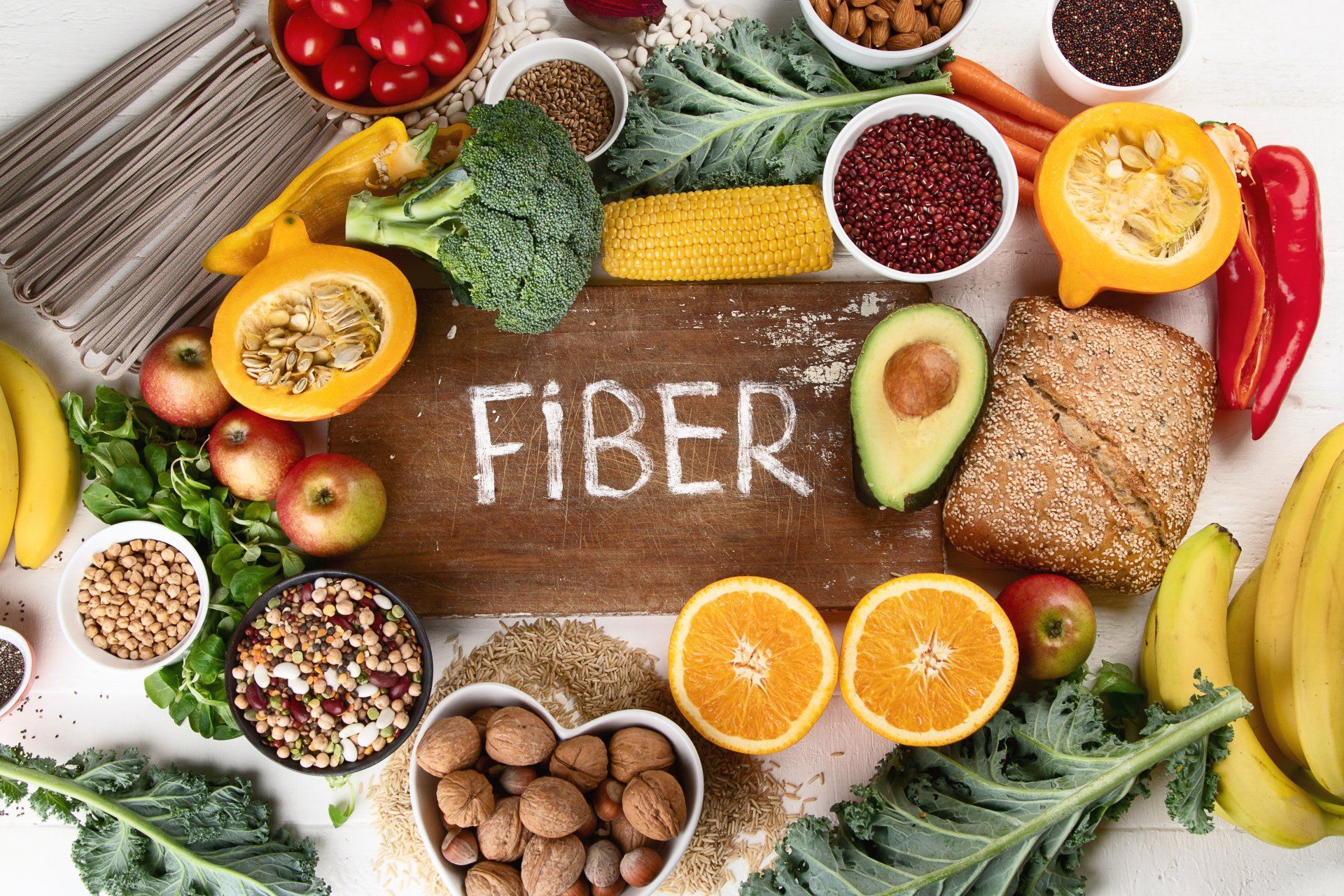






One health question people ask me the most is how they can make their brain better. With dementia, autism and mood disorders on the rise, it would seem that there is something in our lives that is triggering these imbalances. One of the first places I look is at the diet. After years of seeing the profound impact food has on the body, I know that it can help heal people in significant ways – even a sick brain.
While there’s lots you can do for your brain, let me first introduce which parts of the body control how we think, feel, learn and remember – the neurotransmitters!
Neurotransmitters are the chemical messengers neurons release to distribute information within the brain, from the nervous system and to other parts of the body. They process sensory information, control behavior, and are essential components of mood, attention, motivation, learning, memory, and cognition.
The blood-gut connection may sound familiar to you – the two are connected through neurotransmitters, which are made in the gut, as well as the brain. Some include dopamine, GABA, serotonin, and endocannabinoids. In fact, roughly 95% of serotonin in the body comes from the gut. It’s worthwhile to note that healing your gut may help the balance your brain!
Nutrients to Build Neurotransmitters
In general, there are many nutrients essential to the synthesis and regulation of neurotransmitters, including amino acids, choline, vitamin C, B-vitamins, large amino acids (i.e., valine, leucine, isoleucine, phenylalanine), zinc, iron, omega-3 fatty acids and vitamin D. If you are unsure about your current nutrient levels, there are health professionals who can measure them with laboratory tests.
Glutamate
Glutamate acts as the major excitatory neurotransmitter that is found widespread throughout the body. In the brain, it supports the growth of neurons, learning and memory. Having too much may actually be a disadvantage, especially in the form of monosodium glutamate.
Glutamate can also be made from protein-derived amino acids like glutamine, arginine, histidine, and proline. Consuming protein-rich foods, like turkey breast, pumpkin seeds, soybeans, eggs, sesame seeds and certain cheeses, will generally provide these amino acids.
GABA
Glutamate is also the precursor to gamma-aminobutyric acid (GABA), the main inhibitory neurotransmitter. GABA quiets things down in the brain and may be helpful with depression, anxiety and/or stress. In the brain, glutamic acid decarboxylase (GAD) converts glutamate into GABA. GABA is also synthesized in the gut, generally, thanks to friendly bacteria.
GABA can typically be found in fermented foods. Lactic acid bacteria are generally the GABA producers. There are also food-derived strains, including L. brevis and L. plantarum species, found in foods like kimchi, sourdough bread, cheese and yogurt
Serotonin
When you think of serotonin, think of happiness and a sense of well-being. Foods high in serotonin include bananas, walnuts and pineapple. Your gut microbiome can also synthesize serotonin by metabolizing tryptophan. Although consuming serotonin might not impact your brain levels of the neurotransmitter, consuming tryptophan might. The dietary tryptophan-serotonin connection is much stronger than any of the other amino acid substrates. Foods high in tryptophan include turkey, eggs, soybeans, pumpkin seeds, white beans, sesame seeds, mung beans, split peas and kidney beans, as well as some nuts and grains.
To gain the benefits of tryptophan in your diet, you must have sufficient levels of B6, as well, because B6 plays a role in the synthesis of tryptophan to serotonin, as well as other neurotransmitters.
Acetylcholine
Acetylcholine may help with learning and memory, in addition to alertness and motivation. Choline has many jobs in the body; among them is its role as the main substrate for acetylcholine. Choline must enter the brain and then convert into acetylcholine.
Although the body can synthesize choline, it is considered an essential amino acid because the body cannot synthesize sufficient levels, especially in certain populations. Men, postmenopausal women, and pregnant and lactating women are at the highest risk of a deficiency. Major dietary sources of choline are meat, milk, eggs and grain-based products. Other good sources of choline include eggs, turkey, soybean, chickpeas and lentils.
What is the Takeaway?
Consuming adequate levels of the basic nutrients for neurotransmitters through select foods including protein for the amino acids, vitamin C, the B-vitamins and iron, may help to bring body levels of neurotransmitters in balance.
Note that more of these nutrients through high-dose supplementation is not necessarily better, which is why I try to stick to whole foods as my sources of nutrients. If you would like to work on your brain health with targeted nutrients, it would be best to seek out a qualified health professional to help you.
Resources
Here are some resources you may find valuable:
• The Institute for Functional Medicine (to find a healthcare practitioner): functionalmedicine.org
• The End of Dementia by Dale Bredesen, MD
Deanna Minich, PhD, is a holistically-minded nutrition researcher and health professional. She is the author of six books on health and healing, including her latest additions, Whole Detox and The Rainbow Diet.







Please give us a call for today’s deli hours as they can vary due to staffing.
Grab and go options are always available until close.
FEDERAL WAY
Monday-Saturday: 8 am - 8 pm
Sunday: 9 am - 7 pm
Please call for current deli counter service hours. Grab and go options available until closing.
2565 S. Gateway Center Place
Federal Way, WA 98003
TACOMA
Monday-Saturday: 8 am - 8 pm
Sunday: 9 am - 7 pm
Please call for current deli counter service hours. Grab and go options available until closing.
2951 S. 38th Street
Tacoma, WA 98409